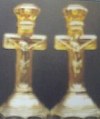Carnival Glass 101 | home Quick Reference to Carnival Glass Patterns on This Site
Novelties - Part 4
Novelties - Part 4
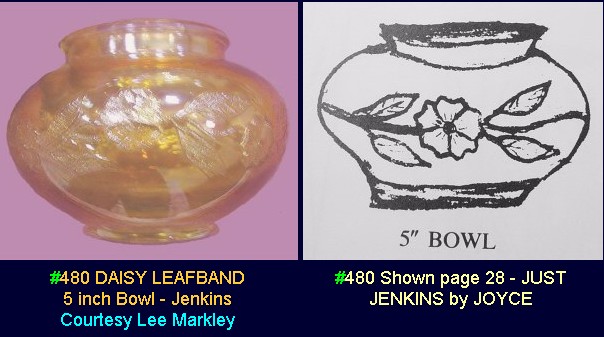
DAISY LEAFBAND: This 5” bowl is identified on page 28 of JUST JENKINS by Joyce Hicks (1988). Lee Markley displayed this among some unusual examples of iridized glass which are not often seen in auction circles.
Jenkins Glass manufactured a wide variety of kitchen/restaurant ware, although some pieces carried floral and geometric designs. The catalog drawing calls this pattern #480.
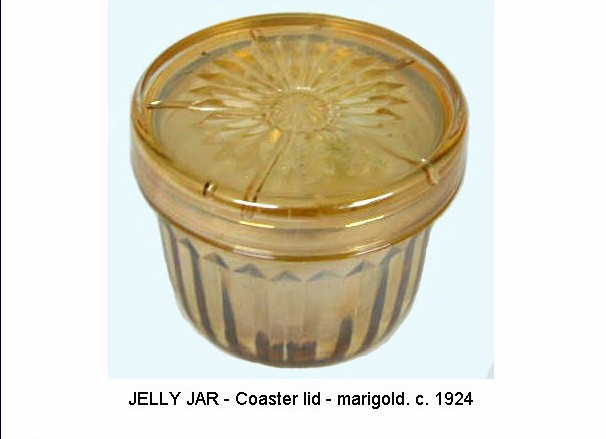
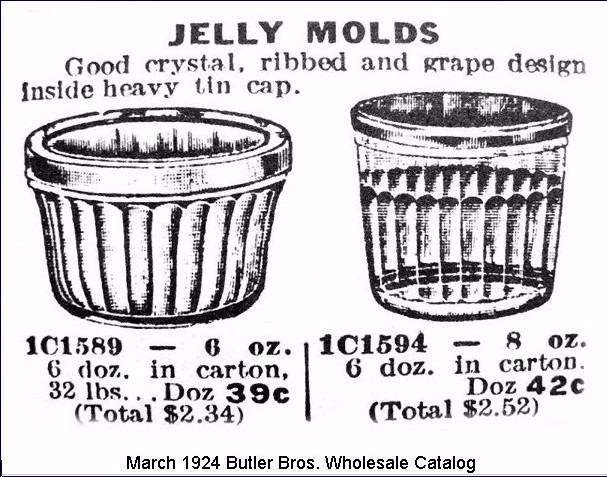
JELLY JAR: These pop up from time to time with very nice marigold application. The 1924 Butler Bros. catalog verifies their existence at a time in history when making jelly was an annual occasion as berries ripened for the preservationist. As with many other such novelties, the clear glass specimens probably were sold to an after-market specialist in enhancing for further attraction
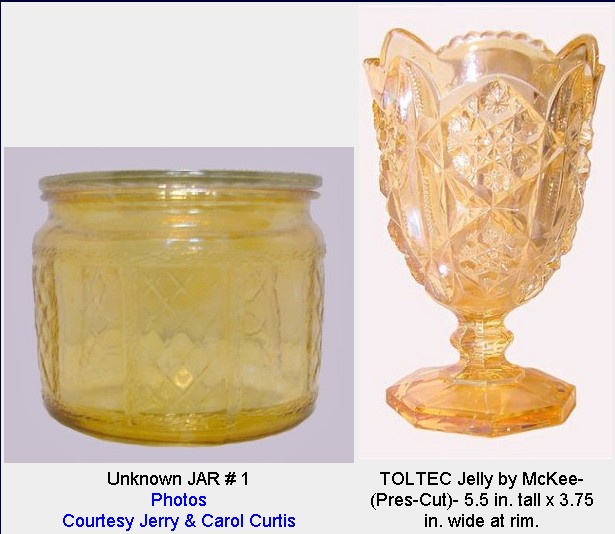
Unknown JAR # 1: This is the statement Jerry Curtis sent along with the photo. We assume this might be found in a kitchen as utility ware, or maybe even a tobacco jar. It is a rich amber iridescent piece containing (5) cross hatch panels and (5) plain or vacant panels. Each panel is framed with what I would call a grapevine or grainy tree bark. The lid is a continuation of the cross hatching encircled by the vine. The iridescence is really very good, with lots of color. There is no mark anywhere on the 2-piece molded jar or lid. Measures: 3 ¾” high and 4 ½” wide.
Note: Jenkins Glass produced some pieces similar in design to the cross hatching seen here, although we do not find this particular jar in the two books we use for researching that glass. Many of the research materials we use today are only part and parcel of the actual factory catalogs.
TOLTEC Jelly Compote: McKee produced an extensive crystal line using the Toltec pattern. They are shown in the McKee book by Sandra McPhee Stout. Since McKee did not iridize glass, this jelly compote is another of the after-market products.
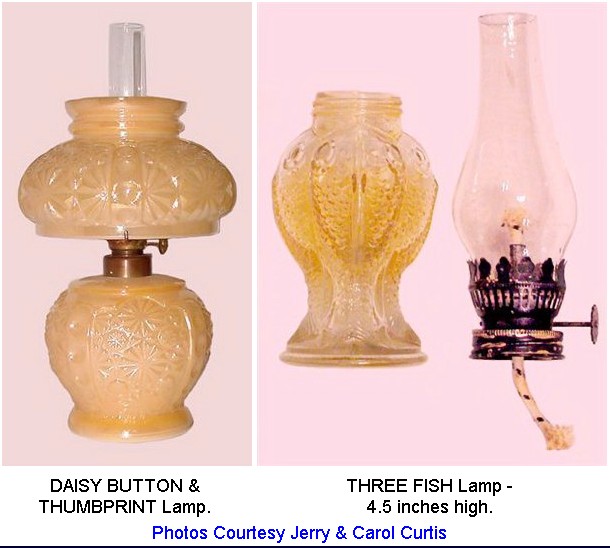
DAISY BUTTON/THUMBPRINT Lamp: Jerry states it is marigold over milk glass, mini-hurricane, kerosene (we called it “coal oil”) lamp. There are no markings on the lamp and somewhere I got it that it is a product of the U.S. Glass Company. One sold in 1994 for $600. The lamp is 7 ¼” tall to the top of the globe and 9” to the chimney top. Lamp base is 4” high to the brass mounting, about 3 ½” across the bowl at the widest point, and has a 2 ¾” base.
THREE FISH Lamp: There are no clues as to the maker of this lamp, although somewhat dating myself, I can tell you that when I (Diane) was a “young one” during the 1940s, I owned a little oil lamp about the same size. The oil container was in the shape of a drum, not iridized. This light marigold fish lamp may be from the same period in time?
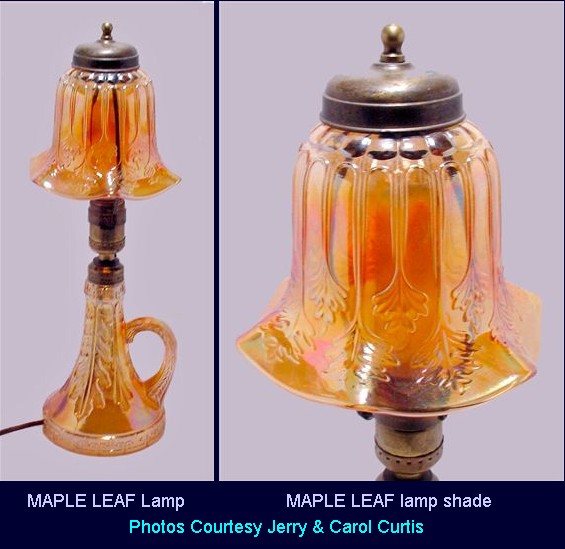
MAPLE LEAF Lamp-Electric: Jerry's story: I first purchased the lamp shade many years ago in western Kansas. My brother and sister-in-law have another in smoke. The lamp was for sale in Marie Capps' room while attending the 2005 PNWCG Convention. We purchased it for the sum of $1K. When we got moved to Texas and got everything unpacked, I found the shade to go with the lamp! Only problem was, there was no viable way to connect the two together.
While attending the Round Top Antique Extravaganza this summer of 2006, I found a guy there who specialized in old lamps/fixtures. He sold me a $40 shade adapter and when we returned home, we were able to complete the lamp at long last! Three fingers will fit inside the loop, whereas only one fits into a finger loop lamp. The cord appears to be the cloth-bound type, used during the 1920s-1930s or before. Measurements: 6 ½” from base to brass fitting, 16” from the base to top of brass lamp shade (ball) nut. Base is 4 ½” wide.
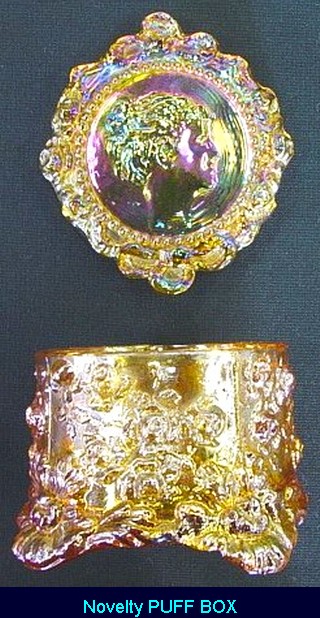
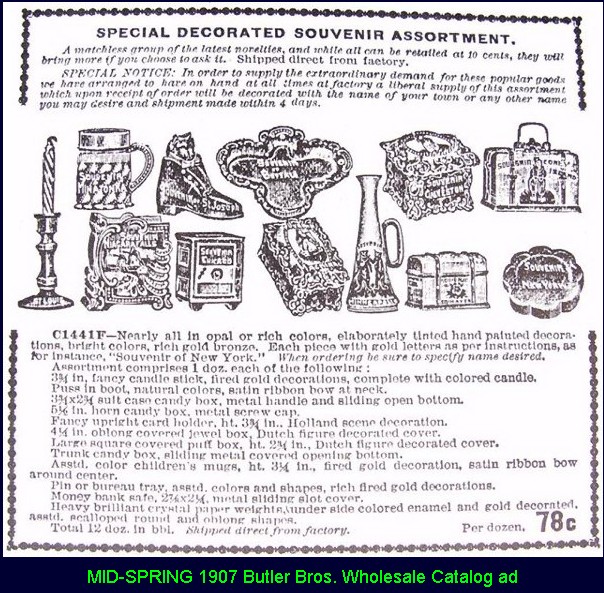
Novelty PUFF BOX: This particular box sold during a Wroda Auction in Greenville, Ohio in 2005. Of the thousands of pieces sold every year at auction, few of these little gems surface! These lovely little boxes were manufactured quite early in history as related by the 1907 Butler Brothers Catalog ad.
My grandparents still owned their farm in the hills of WV until WWII years. I remember seeing several of these decorative glass boxes on my grandmother's dresser. Powder, earrings, pins, even stray buttons could be found inside.
Prime examples for the after-market iridizing treatments, many were neatly trimmed with gold or silver paint.
Dean & Diane Fry - 3-07
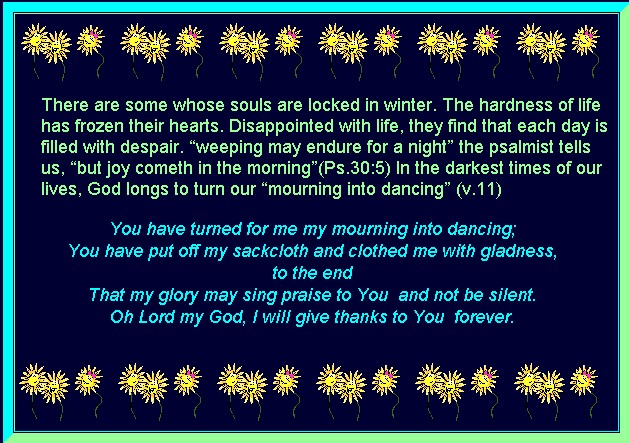
Should you care to contact the Frys, their email address is:
Search Our Sites
back to Carnival Glass 101
Our other sites you may enjoy:
Everything you EVER wanted to know about Indiana Glass
Great Reference for Newer Carnival Glass.
Complete Glassware Catalogs Available to Download
Questions? Comments? Suggestions? Broken Links? Corrections?
Your Friendly Webmaster is here to help!
